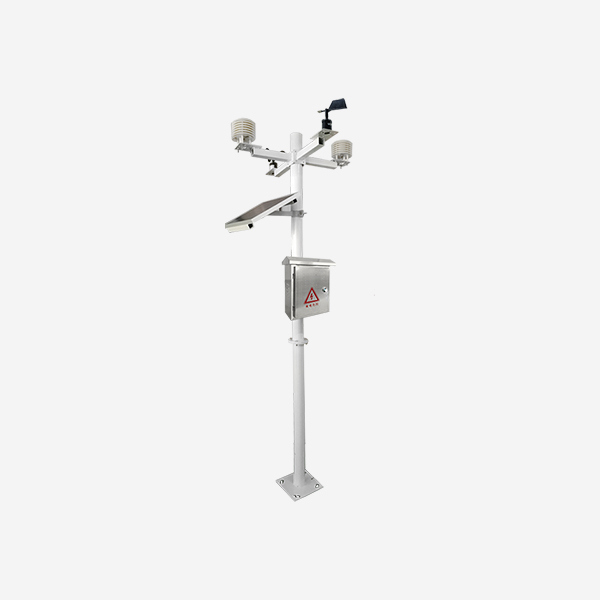Background:
The development of agriculture has always been closely related to the interpretation and prediction of the weather. Since the first standard rain gauge was introduced in 1441, humans have been trying to protect crops with increasingly advanced tools to better predict the weather, such as weather stations.
No matter how many technological innovations happen in the agriculture industry, growing food will always be dependent on the weather where it is grown. Weather is the most important variable in crop health and being able to closely monitor it is extremely valuable when determining planting times, treatment plans, irrigation schedules, and more.

Generally, information on weather events happening in your area come from centralized sources, with meteorologists interpreting data for large geographical areas. If you are getting your weather information from a weather or news service, it is likely the data is coming from one weather station at the closest airport. Actual weather on the ground can vary a lot, even over a few kilometres. And of course, even a few degrees of difference in temperature or millimeters of rainfall can have huge effects on your farm. This is where the on-farm weather station comes in handy.
For example, temperature measurements are often used to determine Growing Degree Days (GDD). This measurement can be used to predict growth stages based on when you planted and the weather since planting. Cooler temperatures mean fewer GDD. Using more accurate temperature information from your fields as opposed to temperatures taken miles away can make big differences in calculating growth stages using GDD. The graph below shows a difference of 6 days in the recommended harvest date given weather information from the farm, vs. information from a regional weather service.
Having more accurate weather data for your land allows you to make much more effective agronomic decisions.
Many farmers have employed weather stations for years using analog instruments and data collection such as rain gauges, barometers and thermometers. Today’s weather sensors and weather stations are largely digital and can feed information to your computer or mobile device instantly. While by no means an exhaustive list, we’ve outlined a few major components and features you can look for when choosing a personal weather station.
Components of Weather Stations:
Anemometer – Measures wind direction and speed.
Thermometer – Measures atmospheric temperature.
Hygrometer – Measures relative humidity using a percentage measure of water vapour in the air.
Barometer – Measures atmospheric pressure to predict precipitation
Rain Gauge – Measures liquid precipitation using an open container. They usually empty automatically and measure the amount of rainfall over a given time interval.
Pyranometer – Measures solar radiation levels from the sun in watts per square meter (used to calculate ‘evapotranspiration’, the rate at which water evaporates from the soil).
UV Sensor – Measures UV rays from the sun. These sensors are used for precision growing in particular crops like cannabis, where overexposure to UV-rays can stunt leaf growth or affect potency.
Leaf Wetness Sensor – Measures surface moisture of the plants on a scale of 0-15 (dry to saturated). Data from these sensors are used in fungal disease control.
Soil Moisture Sensor – Measures water levels in the soil
Soil Temperature Sensor – Monitors the soil temperature to detect freezing, or high temperatures that can put crops at risk. Also used to calculate rate of evapotranspiration.